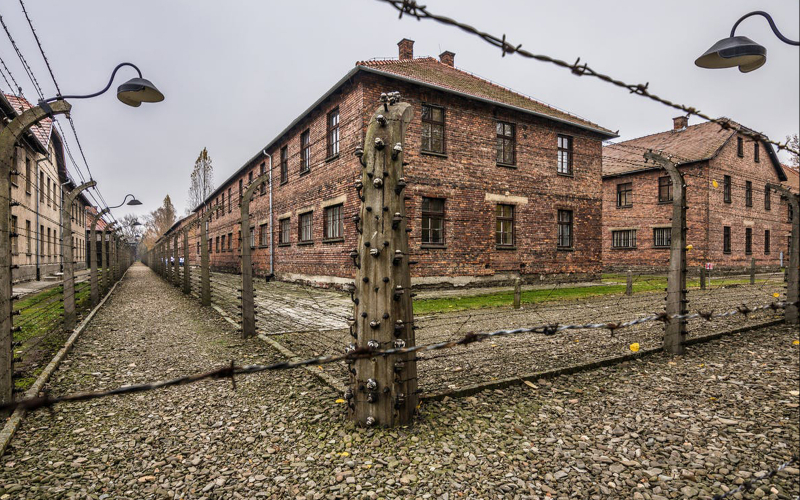Auschwitz
During World War II and the Holocaust, Nazi Germany ran Auschwitz Birkenau, a network of over 40 concentration and death camps in occupied Poland.
Regarded as one of the most beautiful historical sites in Poland, Auschwitz was a prison camp, an extermination camp, and a slave-labor camp located near the industrial town of Oświęcim in southern Poland (in a region of the country that was occupied by Germany at the start of World War II). Auschwitz has become the symbol of the "final solution," a virtual synonym for the Holocaust, as the most murderous of the Nazi extermination camps. At Auschwitz, between 1.1 and 1.5 million people died, with 90% of them being Jews. 19,000 Roma were kept at the camp until the Nazis gassed them on July 31, 1944, making them the only other victim group killed in family units with the Jews. At Auschwitz, when 83,000 Poles were killed or perished, they were the second-largest victim group.
The SS transported the majority of the camp's population west on a death march to sites inside Germany and Austria as the Soviet Red Army approached Auschwitz in January 1945, near the end of the war. The camp was liberated by Soviet soldiers on January 27, 1945, which has been observed as International Holocaust Remembrance Day since 2005. On the site of Auschwitz I and II, Poland established the Auschwitz-Birkenau State Museum in 1947, and UNESCO designated it as a World Heritage Site in 1979.
Location: near the town of Oświęcim, Poland











